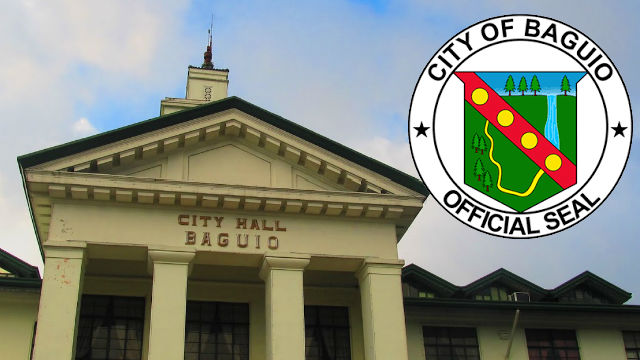TABUK CITY, Kalinga – People all over the world have been enjoying the benefits of using technology nowadays. In the past, communicating and free sharing of thought between people are restricted by long distance, race, and even religion. But now these barriers can no longer stop the flow of information and knowledge because now the new world of social networking allows free sharing of thoughts through online social networking sites such as Facebook, Instagram, Twitter, and the like.
Since students are highly motivated to using social media sites the majority of them use these to satisfy their social needs more than their academic needs. They have the freedom to do whatever they want – they can upload or download data, they can make new friends and comment on other people’s lives, and they can even create other online identities the real world does not allow. It has been observed too that the majority of the students nowadays, particularly those in the secondary level, spend most of their time chatting with their acquaintances, playing online games, and watching videos instead of reading their lessons, making their assignments, and other academic requirements. The main reason is when they work or search their materials online they get attracted to social networking sites to kill boredom during study time, diverting their attention from their work. The darker side of this that has gained the attention of many parents is that some students are getting lazier and are no longer interested in going to school. This is probably due to being extensively indulged to get global access and therefore leading them to perform less academically.
I have observed from my Grades 7 and 8 students at the Tabuk City National High School the same positive and negative impact of using social media inside and outside the classroom. I found these social sites helpful when one time I needed to communicate with my students, reminding them of their assignments and urgent requirements. In addition, l also used these social sites to refer my students to helpful resources that could fetch them higher grades in academics. I tried to encourage the students, particularly the teens with gadgets having internet facilities, to use it to supplement their researches in the library rather than the usual chatting with friends all the time.
As a result, almost 85 percent of them were able cope with their academic difficulties and at least 65 to 75 percent of the class obtained the average level of performance. However, students should be encouraged to limit the time they spend on social media sites and be advised to rather substitute those hours with reading some learning materials – short stories, novels, etc. to improve their vocabulary. Since the use of social media sites had affected the academic performance of students negatively, there is a need to introduce the students other information resources or materials that would motivate and help them perform well in their academics.
We can’t deny the fact as years pass by the demand for internet usage keeps increasing because it is already a necessity among end users, particularly to students. Developers have created online social media sites where people can have more advanced, more reliable, and more creative ways of communicating. This shows we, humans, are social animals. We always want to belong in a group where we also prefer what the group does.
According to a survey conducted by Pew Research Center, as of 2015 the largest social networking company, Facebook for example, has 1.49 billion active users and the number of users is increasing every year. As part of the said survey, 72 percent of high school students and 78 percent college students spend time on these social networking sites – Facebook, Instagram, Twitter, Youtube, Viber, E-mail, etc. These numbers evidently indicate how much the student community is involved in this virtual world of networking. Students prefer social media sites as reliable sources of information because everything is a package. A research conducted by Gagne sometime in 2003 defined media in general as some kind of components in a students’ environment that can stimulate them to study better. Researchers also found that the use of some types of social media has beneficial effects to students, not only on their academic needs but also to help them establish a sense of identity and build and enhance networking skills.














